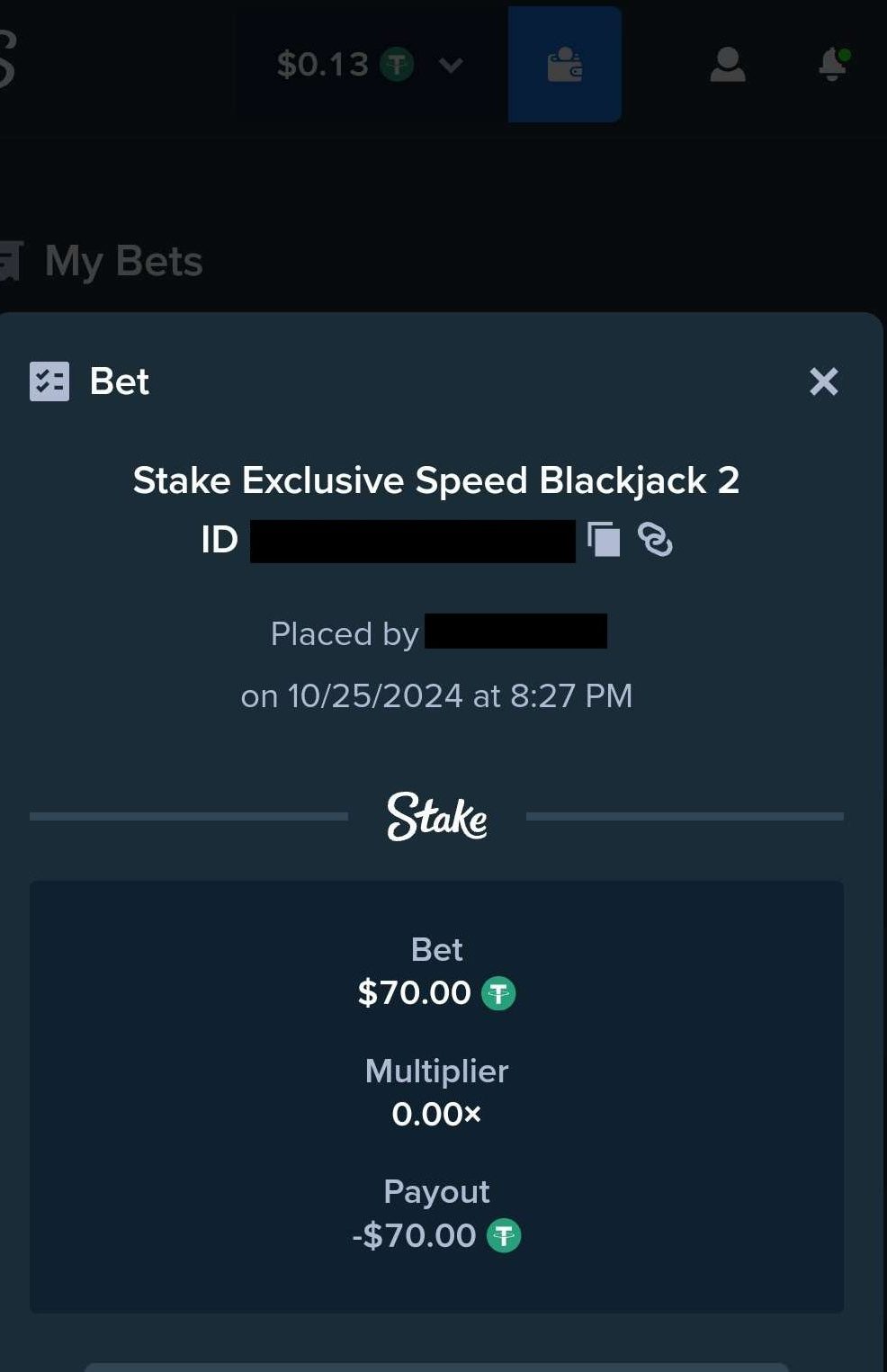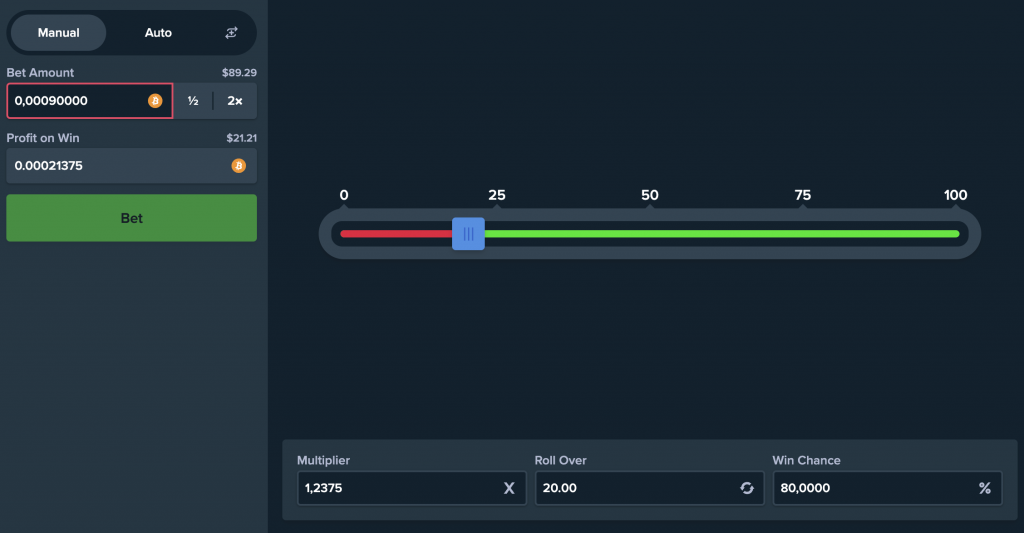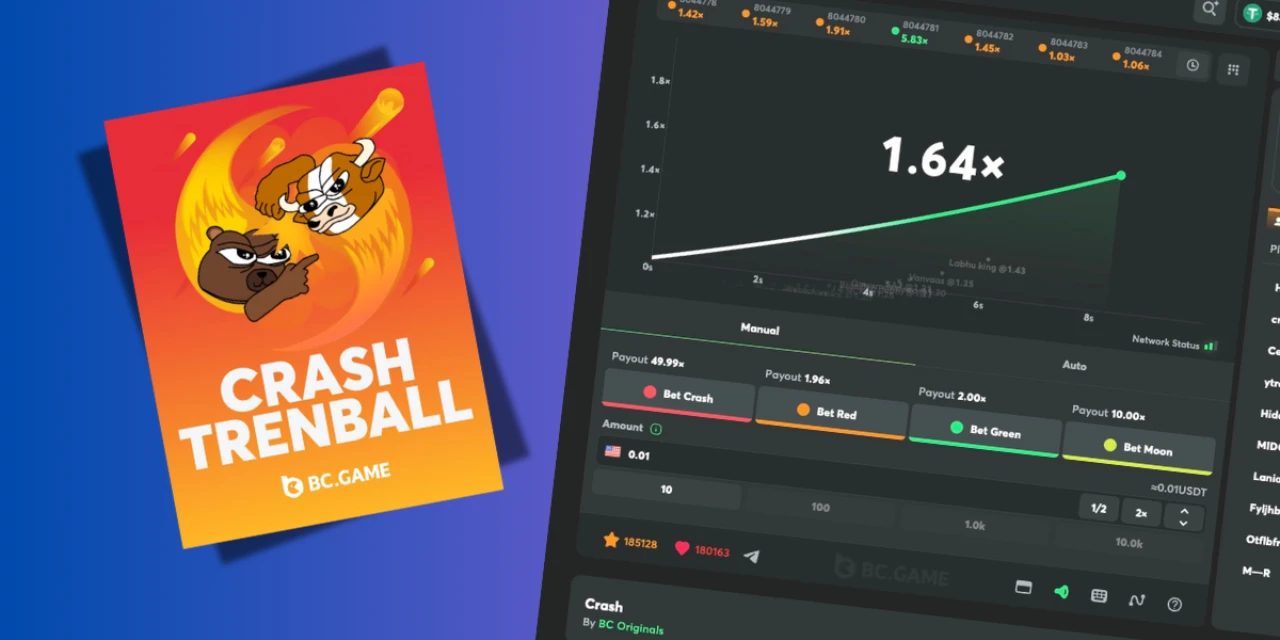
All or Nothing: Why the All-In Strategy Falls Short
The All-In gambling strategy is as extreme as it sounds: betting your entire bankroll on a single outcome. It’s the gambling equivalent of “go big or go home.”
But is it a smart way to play? Spoiler: not really.
In this guide, I’ll explain how the All-In strategy works, why it’s risky, and the rare situations where it might make sense to use it.
What Is the All-In Strategy?
The All-In gambling strategy is simple: bet everything you’ve got on a single wager.
Win, and you walk away with a huge profit. Lose, and you’re out of the game.
While it might sound thrilling, this strategy is high-stakes gambling at its core. It relies entirely on luck and is a huge gamble in every sense of the word.
Here’s how it works:
- You decide on a bet that feels “worth” the risk.
- You bet your entire bankroll on that single outcome.
- You celebrate if you win or accept defeat if you don’t.
Unlike more calculated strategies like the Martingale or Paroli, the All-In strategy offers no safety net. You either win big or lose it all.
Why the All-In Strategy Usually Fails
While the All-In strategy offers the promise of instant riches, it’s almost always a bad idea.Even so, it’s unfortunately one of the most popular gambling strategies.
Here’s a closer look at why this high-stakes approach is so flawed:
1. It’s All or Nothing
When you go all in, you’re putting everything on the line with no backup plan. A single misstep, be it a bad roll, a poor spin, or an unfortunate turn of the cards, spells the end of your bankroll.

There’s no room to recover, no way to bounce back, and no second chances.
2. Luck Is Everything
Even in games with favorable odds, game randomness can be brutal. The odds might be 90% in your favor, but there’s still a 10% chance of losing it all. And in gambling, that slim chance of failure tends to show up at the worst possible moment.
Take roulette, for example. Betting everything on red might feel safe because you have a nearly 50% chance of winning, but the ball landing on black, or worse, green, will still wipe you out.
3. Emotional Pressure
An all-or-nothing bet isn’t just financially risky: it’s mentally taxing. Imagine watching the dice roll or the roulette wheel spin, knowing everything rides on that one moment. That kind of stress can cloud your judgment, making it harder to think clearly or enjoy the game.
In fact, study after study has shown that high-pressure situations can lead to impulsive decisions, like doubling down on risky bets or chasing losses. Even if you win, the mental toll might not be worth it.
4. Poor Bankroll Management
The All-In strategy is the complete opposite of responsible bankroll management – the only proven gambling strategy. Instead of spreading your bets and minimizing risk, you’re risking it all in one go.
Ultimately, the All-In strategy isn’t designed for long-term play. It’s a gamble in the purest sense, and more often than not, it ends in disappointment.
When to Use the All-In Strategy
Listen, I’ve spoken to enough casino players in my time to know you’re a stubborn lot. And, if you’re determined to use go all in, there are rare situations where the All-In strategy might actually make sense, or at least feel justifiable.
I’ll explore these scenarios in more detail:
1. When the Odds Are Really in Your Favor
The only time the All-In strategy really makes sense is when the odds are overwhelmingly in your favor. For example, imagine a sports betting scenario where a top-ranked team is playing against a much weaker opponent, and you’re beyond confident in the outcome.
Even then, you need to weigh the potential payout against the risk. A small profit might not justify risking your entire bankroll, no matter how “certain” the outcome feels.

Remember, even the safest bets come with inherent risk.
2. When You’re Using Bonus Funds
Betting with bonus money rather than your own crypto can definitely reduce the emotional sting of losing. Some players use the All-In strategy as a “go big or go home” approach with free spins, deposit bonuses, or other promotional offers.
While it’s still a risky move, using bonus funds means you’re not putting your actual bankroll on the line. Even so, you should always check the terms and conditions for any wagering requirements before committing to an all-in bet.

3. When Your Bankroll Is Small
Understandably, if your bankroll is tiny, you might feel like you have nothing to lose. If you’ve got just $5 to your name, you might see an All-In bet as your only chance to make a meaningful profit.
While this mindset is understandable, it’s still a big gamble. The thrill of going all in might be fun in the moment, but losing that $5 means you’re out of the game entirely, and you’ll have to top up your bankroll.
The Truth About the All-In Strategy
The All-In strategy is thrilling in its simplicity, but it’s also one of the riskiest ways to gamble. Unlike more structured approaches, the All-In method offers no balance.
Let’s look at some more conservative approaches:
- 1-3-2-6 System: Allows you to build profits gradually by following a specific sequence of bets, minimizing losses during losing streaks.
- Oscar’s Grind: Adjusts bet sizes strategically, helping you recover losses while keeping risk low.
Both of these strategies prioritize bankroll health and steady progress, two things the All-In strategy completely disregards.
Final Thoughts
The All-In strategy isn’t for the faint of heart. It’s simple, risky, and leaves no room for second chances.
While it can create exhilarating moments (when you win), it’s just as likely to leave you with an empty bankroll as a big win.
If you’re tempted to try it, make sure you’re fully prepared to lose everything. And remember, gambling is meant to be fun, not stressful.








